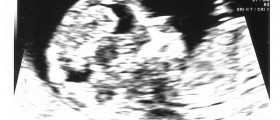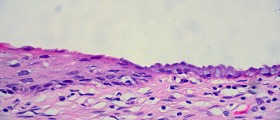
Basic care after an abortion includes rest, days off work, if possible, healthy food with lots of vitamins and fluids, antibiotic medication taken exactly as prescribed and avoiding physical activity. After abortion, a women should avoid swimming and tub bathing. Sexual activity can usually be resumed in two to four weeks. The ovulation can occur two weeks after the abortion so a pregnancy in this period is possible. It is important to hold off on sexual activity until physically and emotionally prepared.
In cases when pregnancy lasted nine or more weeks before it was terminated, there might be some lactating. Hormones have already started to produce milk and that milk needs to come out. Well, it is nothing to worry about. Wearing a bra constantly until the milk is dried up is usually advised in these cases.
After each abortion, a two-week checkup is absolutely necessary. It is usually done at the clinic where the abortion was done and serves to determine if the healing process is going well, if there are any infections or other complications. During the checkup, the doctor will also determine whether the cervix has closed up, which is a condition for resuming normal activities, including intercourse, swimming, etc. Doctor will also control if the abortion was complete or if there is some tissue still left inside the uterus. If there is, it will need to be removed.
Bleeding after abortion is normal and it can last up to five weeks. The normal amount of post-abortion bleeding should be the same or lighter as during menstruation, not heavier. Cramping, pain and soreness are also to be expected.
Complications after abortion are sometimes possible. Their symptoms include severe pain and heavy bleeding, foul-smelling vaginal discharge or tissue, blood in the stool and urine, dizziness, fainting or nausea, swollen abdomen and bleeding from IV punctures. In case one or more of these symptoms occur, a doctor should be consulted immediately.
Postabortal syndrome is a complication that includes severe pain and discomfort, and is due to tissue blocking the cervix and not allowing the normal discharge of the contents in the uterus. It can be followed by dizziness, sweating, nausea and slight tachycardia. It is treated by a procedure that empties any remaining content of the uterus and brings instant relief of the symptoms.
In the period following the abortion, pregnancy hormone levels will slowly start to go back to levels similar to those before the pregnancy.
In the first weeks, they may cause emotional outbursts, nausea, weakness, depression, lack of appetite, and trouble sleeping. Menstruation might not be as regular as it was before pregnancy and the bleeding may vary. It can take from in between six months to as much as two years for the hormones to go back to their natural state.

















Your thoughts on this
Loading...